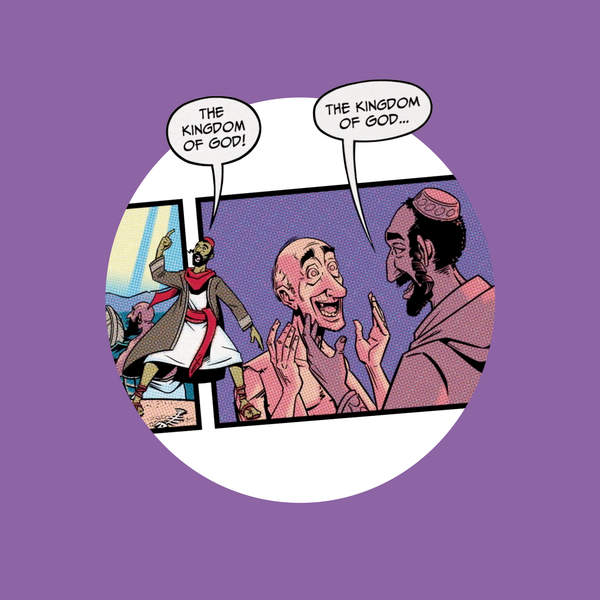
God Speaks in Poetry
This is the 2nd episode in our Art of Biblical Poetry podcast where we explore how God speaks in poetic language.
Episode Chapters
Show Notes
Show Notes: In part one (00:00-08:30), Jon gives a brief recap of the conversation on biblical poetry so far. The guys summarize the first part of the conversation with the idea that reading great poetry, like the kind found in Scripture, can change you. How things are communicated in Scripture is important, and the biblical poets have a series of tools they use to connect on a deeper level with readers. To understand and fully appreciate this brilliant poetry, there are three key aspects to understand: rhythm, terseness, and parallelism. In part two (08:48-23:00), the guys break down Psalm 51, the poem David wrote after his affair with Bathsheba, and Isaiah 11. Both of these poems are tremendous examples of classic Hebrew poetry. In Psalm 51, David uses parallelism and descriptive language that communicates the fullness of his guilt and repentance. In Isaiah 11, Tim explains that the seemingly mixed metaphor of a stem and a root points to the coming Messiah, a “new David,” that will come from the existing family line of Jesse. Tim then explains the well-known image of seven spirits resting on the savior. He explains that this is poetic imagery used to illustrate the seven-fold spirit of God resting on Jesus. In part three (23:01-35:34), Tim shares a quote from Adele Berlin regarding the use of creative language pairing in Hebrew poetry. This poetic principle of pairing creates an infinite number of ways to communicate creatively. For example, there are 29 times in the book of Psalms where the poet asks God to hear their prayer (example from Berlin, Dynamics of Biblical Parallelism, 127-130), and none of them are identical. Tim mentions the following examples: Ps 54:4 O God, hear my prayer // listen to the word of my mouth Ps 61:2 O God, hear my cry // pay attention to my prayer Ps 66:19 Truly God has heard // he paid attention to the sound of my prayer Ps 84:9 Yahweh, hear my prayer // listen, O God of Jacob Ps 102:2 Yahweh, hear my prayer // may my cry come to you Ps 88:3 may my prayer come before you // incline your ear to my cry Ps 88:14 to you, Yahweh, I cry out // in the morning my prayer meets you Ps 28:2 Hear the voice of my petition // when I cry out to you The guys also cover juxtaposition in film and how it relates to poetry. Tim mentions the film Baraka by Ron Fricke; the whole film is set up with juxtaposition. Jon comments that humans have an innate ability to recognize patterns, so when an author sets things up in juxtaposition, it allows a person to use their ability to search for patterns and meanings. Filmmaker Sergei Eisenstein says that the pairing of two unexpected scenes or images makes a new creation, and, like poetry, it’s an abundant form of communication. Tim comments that perhaps more church gatherings should use poetic imagery and juxtaposition in their services to encourage people to dive deeper into the Scriptures and their meanings. In part four (36:11-40:29), the guys briefly summarize the discussion with a quote from Robert Alter. Tim paraphrases the quote to say that 99% of divine speech in the Bible is presented as poetry; when God talks to the prophets, he talks in poetry. Tim goes on to further explain Robert Alter’s belief that this use of poetry to communicate the voice of God in Scripture has allowed these texts to stand the test of time and touch people far removed from the original audience.
Scripture References
Referenced Resources
- Link to video: https://www.youtube.com/watch?v=q9yp1ZXbsEg
- "On Biblical Poetry" by F. W. Dobbs-Allsopp
- "The Art of Biblical Poetry" by Robert Alter
- Russian filmmaker, Sergei Eisenstein
- "Baracka" directed by Ron Fricke
Interested in learning more? Check out Tim's library for a list of recommended books and other resources.
Get the BibleProject app for access to our entire library of resources in one place.
Show Credits
Chilldrone